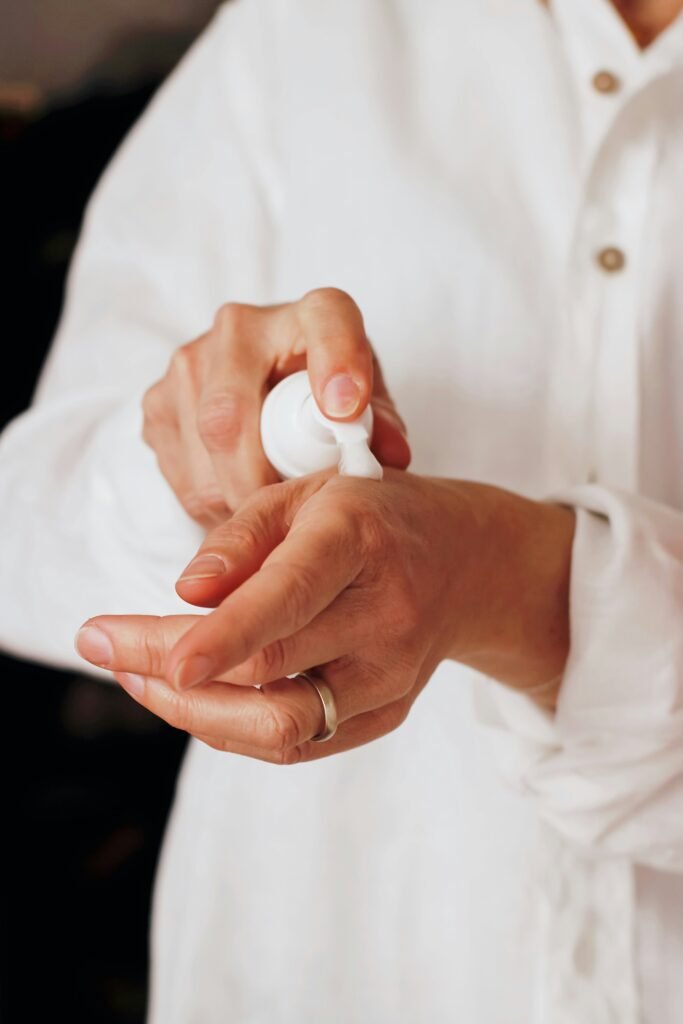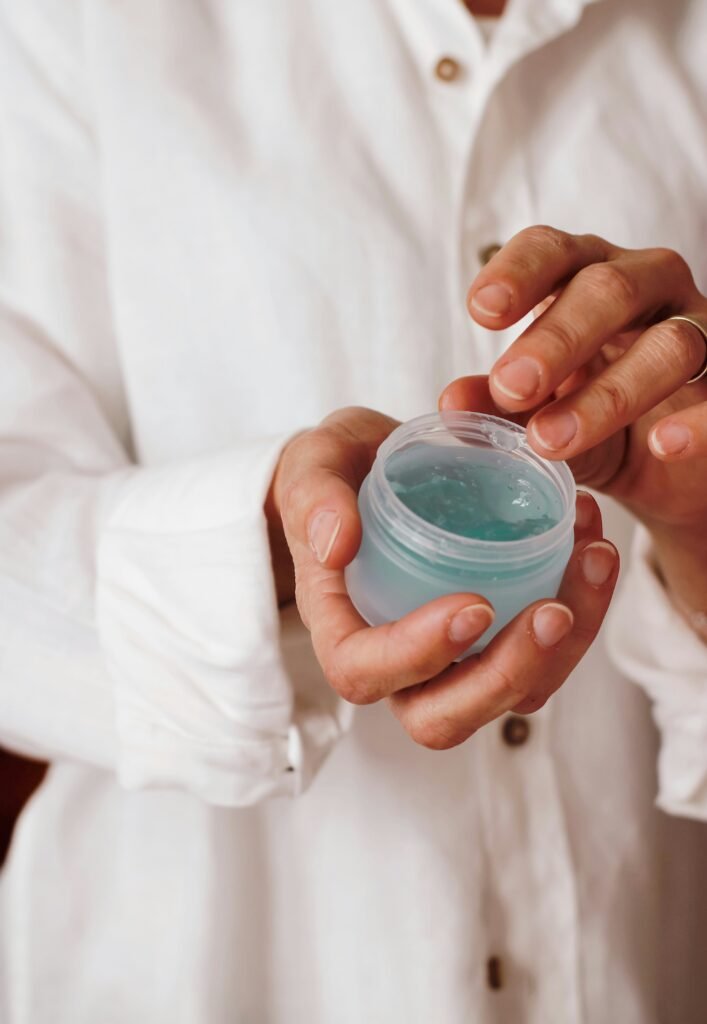Introduction: Why Hand Cream is Your Next Big Revenue Driver
Hey there! If you’re reading this, you’re probably looking at the hand care category and wondering, “What’s the real opportunity here?” Maybe you’re a retailer planning your next buy, a brand manager scouting new trends, or an entrepreneur thinking about launching your own line.
Let’s cut to the chase: hand cream is no longer a boring, basic item at the bottom of a skincare basket. Over the last few years, it’s transformed. It’s become a hero product. A combination of global health awareness, a focus on self-care, and exciting product innovation has pushed hand cream into the spotlight.
For you, as a business decision-maker, this means one thing: opportunity. Consumers are actively seeking out better hand creams, and they’re willing to pay for quality, efficacy, and experience. This guide will walk you through everything you need to know about the hand cream market, what’s selling now, and where it’s all headed in 2025. Let’s dive in and find your next best-seller.

Chapter 1: The Market Isn’t Just Growing—It’s Exploding. Here’s Why.
First, let’s talk numbers. The global hand cream market is on a steady climb, with experts predicting it is expected reach $4 billion by 2027. But what’s fueling this growth? It’s not just one thing; it’s a perfect storm of several key drivers.
- The Hygiene Hangover: We all got into the habit of washing and sanitizing our hands constantly. While great for health, it’s terrible for our skin. Frequent washing strips the skin’s natural oils, leading to dryness, irritation, and cracked skin. This created a massive, sustained need for repair and protection—a need that continues today.
- The Wellness Wave: The simple act of applying hand cream has become a recognized form of self-care. It’s a 30-second mindfulness moment in a busy day. Consumers aren’t just buying a moisturizer; they’re buying a feeling of luxury and well-being.
- “Skinification” of Hands: People are now treating the skin on their hands with the same seriousness as their facial skin. They’re looking for active ingredients, anti-aging benefits, and sun protection. This shifts hand cream from a commodity to a high-performance skincare product.
What does this mean for your business?
It means the demand is real, diversified, and here to stay. It’s a low-risk, high-reward category to enter or expand.
Chapter 2: Know Your Audience: Who’s Actually Buying This Stuff?
You can’t sell effectively if you don’t know who you’re selling to. The hand cream market has a few distinct customer profiles, each with their own needs.
| Customer Segment | What They REALLY Want | Product Preferences |
|---|---|---|
| The Practical Healer | Relief from dryness and cracking. Fast results. | Clinical-strength formulas with ceramides, colloidal oatmeal. Simple, no-fuss packaging. Often fragrance-free. |
| The Sensory Seeker | A moment of daily luxury and escape. A pleasing scent. | Rich, buttery textures. Beautiful, Instagrammable packaging. High-quality, essential oil-based fragrances (lavender, citrus, vanilla). |
| The On-The-Go Pro | Convenience. A product that works without interrupting their workflow. | Non-greasy, fast-absorbing gels and lotions. Small, portable packaging for a purse or desk drawer. |
| The Proactive Ageless | Preventing sun spots, wrinkles, and thinning skin on their hands. | “Skincare for hands” with actives like Retinol, Vitamin C, Niacinamide, and always, always SPF. |
Understanding these segments helps you make smart decisions about which products to stock or develop. Are you targeting The Sensory Seeker? Then stock up on beautifully scented, luxe creams. Is your customer base full of Practical Healers? Then a effective, clinical brand is your winner.
Chapter 3: Ingredients Decoded: What’s Inside the Jar?
Today’s consumers are ingredient-savvy. They read labels. Knowing the key players will help you speak their language and choose quality products.
- Hyaluronic Acid: A hydration hero. It holds up to 1000 times its weight in water, plumping the skin without any greasy feel.
- Ceramides: These are the building blocks of your skin’s natural barrier. Creams with ceramides are essential for repairing skin damaged by overwashing and sanitizing.
- Shea Butter & Cocoa Butter: Classic, natural, and deeply nourishing. These are go-to ingredients for ultra-rich, restorative creams that tackle severe dryness.
- Niacinamide (Vitamin B3): A superstar multi-tasker. It helps soothe redness, calm irritation, and improve skin tone. It’s great for sensitive skin types.
- SPF Protection: This is arguably the most important anti-aging ingredient for hands. Sun exposure is the number one cause of age spots and wrinkles. Any daytime hand cream without SPF is missing a huge trick.
- The “Clean” Demand: Natural, organic, and sustainably sourced ingredients are now a baseline expectation for a huge chunk of the market. Consumers are actively avoiding parabens, sulfates, and synthetic fragrances.
Chapter 4: The Top-Selling Product Categories Right Now
Based on current sales data and consumer behavior, these are the product categories that are winning in the market.
- The Clinical Repair Cream: This is the workhorse. It’s a no-nonsense, efficacy-first product designed for very dry, compromised skin. Packaging is often medical-inspired (tubes, pumps) and marketing focuses on dermatologist recommendations.
- The Luxury Sensory Experience: This is the best-selling gift item. The product is as much about the ritual as the result. It features exquisite packaging, often in heavy glass jars, and complex, beautiful fragrances. The profit margins on these are often higher.
- The On-The-Go Gel: Convenience is king. This format absorbs instantly, leaves zero grease residue, and comes in small, portable packaging. It’s perfect for reapplication at the office or on the move.
- The “Skinification” Power Cream: This is the future of the category. These creams are packed with the same actives you’d find in serums: Retinol for wrinkles, Vitamin C for brightness, and peptides for firmness. They represent the highest growth potential.
Chapter 5: The Crystal Ball: Key Trends for 2025 and Beyond
To stay ahead of the curve, you need to be thinking about tomorrow’s trends today. Here’s what’s coming down the pipeline.
- Sustainability is Non-Negotiable: This isn’t a trend; it’s the new standard. It goes beyond just recyclable packaging. Think:
- Refillable Systems: A beautiful, permanent outer shell with compostable or recyclable refill pouches.
- Upcycled Ingredients: Using byproducts from other industries (like fruit seeds from the juice industry) in formulations.
- Waterless Formulas: Concentrated balms and powders that you add water to, reducing shipping weight and carbon footprint.
- Hyper-Personalization: The one-size-fits-all model is fading. The future could see brands offering at-home test kits to determine skin needs, or subscription models where you can customize your scent profile each month.
- Blue Light & Pollution Protection: Research is growing on the effects of screen blue light and urban pollution on skin. The next generation of hand creams may include ingredients that shield skin from these modern environmental aggressors.
- The Men’s Market Breakout: The stigma around men’s grooming is gone. A dedicated hand cream for men—with neutral, woody scents and matte-finish formulations—is a largely untapped and highly lucrative market.

Chapter 6: How to Choose the Right Manufacturing Partner (Without the Headache)
This is the most important part. You have a great idea, but you need a great partner to bring it to life. Here’s what to look for in a contract manufacturer:
- MoQ (Minimum Order Quantity): This is critical. Can you work with a manufacturer that offers low minimums so you can test the market without a huge financial risk? Many newer manufacturers are catering to indie brands with much lower MoQs.
- Full-Service Capability: Do they handle everything in-house? From formulation and regulatory compliance to sourcing packaging and filling the jars? This makes your life infinitely easier.
- Transparency & Communication: You need a partner, not just a vendor. Are they easy to get ahold of? Do they explain things clearly? Do they provide full ingredient transparency and proof of safety testing?
- Experience with Your Niche: Have they formulated clean beauty products before? Do they have experience with SPF products, which are more complex? Their past experience is your best predictor of success.
Taking the time to find the right partner is the difference between a successful launch and a warehouse full of product you can’t sell.
Conclusion: Your Action Plan for Winning in Hand Care
The hand cream market is vibrant, resilient, and full of potential. It’s a category that has successfully reinvented itself from a basic necessity to a desirable wellness accessory.
For your business, this represents a clear chance to drive significant revenue and connect with customers on a personal level. By understanding the different consumer segments, stocking the right mix of products, and keeping an eye on the trends of tomorrow, you can position yourself as a leader in this space.
The future of hand care is bright, innovative, and sustainable. The question is, will you be a part of it?
Ready to Develop Your Next Best-Seller?
At Aimoqipackaging, we live and breathe cosmetic manufacturing. We’re obssessed with helping brands like yours create incredible products that customers love. We offer low minimums, full-service support, and decades of experience.
Reach out to us today for a no-obligation chat. Let’s build something amazing, together.

